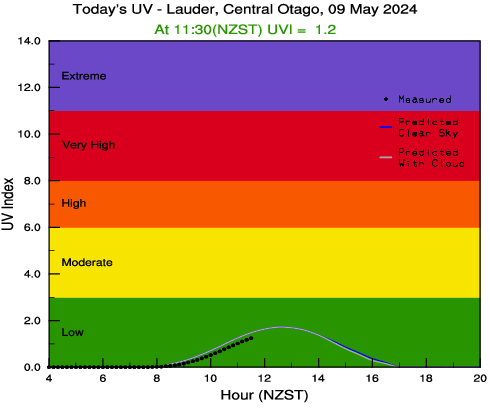When planning outdoor activities, checking the UV index today is as important as knowing the weather. But what is the UV index, and why should you care about it? This guide explains everything you need to know to stay safe in the sun.
What Is the UV Index?
The UV index measures the level of ultraviolet (UV) radiation from the sun that reaches the Earth’s surface. It ranges from 0 (low risk) to 11+ (extreme risk). High UV levels increase the likelihood of skin damage and eye problems.
Why Should You Check the UV Index Today?
What are the dangers of ignoring the UV index?
- Sunburn: Even a short exposure to high UV levels can cause painful sunburns.
- Skin Cancer Risk: Prolonged exposure raises the risk of developing skin cancer.
- Eye Damage: UV radiation can harm your eyes and increase the risk of cataracts.
Checking the UV index helps you decide on sun protection measures and plan safer outdoor activities.

How Do You Check the UV Index?
Where can you find the UV index today?
- Weather Apps and Websites: Most weather forecasts include the daily UV index.
- Dedicated UV Apps: Apps like UVLens and EPA’s SunWise provide detailed UV information.
- Local News Stations: UV forecasts are often part of the daily weather report.
What Do the UV Index Levels Mean?
What actions should you take based on the UV index?
- 0 to 2 (Low): Minimal protection needed. Wear sunglasses on bright days.
- 3 to 5 (Moderate): Use sunscreen, wear a hat, and seek shade during midday hours.
- 6 to 7 (High): Apply broad-spectrum sunscreen (SPF 30+), wear protective clothing, and stay in the shade.
- 8 to 10 (Very High): Take extra precautions; minimize sun exposure between 10 a.m. and 4 p.m.
- 11+ (Extreme): Avoid the sun if possible and use maximum protection.
What Time of Day Is the UV Index Highest?
The UV index peaks between 10 a.m. and 4 p.m. when the sun is strongest. Plan outdoor activities earlier in the morning or later in the evening to reduce UV exposure.
How Can You Protect Yourself from High UV Levels?
What are the best ways to stay safe when the UV index is high?
- Wear Sunscreen: Use a broad-spectrum sunscreen with at least SPF 30.
- Wear Protective Clothing: Long sleeves, wide-brimmed hats, and UV-blocking sunglasses.
- Seek Shade: Stay under umbrellas, trees, or shelters when the sun is intense.
- Limit Exposure: Avoid being outdoors during peak UV hours.
Are Some People More at Risk from UV Radiation?
Who should be extra cautious about the UV index?
- Fair-Skinned Individuals: People with light skin are more prone to sunburn.
- Children: Their skin is more sensitive to UV radiation.
- People with a History of Skin Cancer: Higher UV exposure increases recurrence risk.
How Does Weather Affect the UV Index?
Does cloudy weather reduce UV risk?
Clouds can block some UV rays, but up to 80% of UV radiation can penetrate through thin clouds. Never assume you’re fully protected on cloudy days.
Conclusion
The UV index is a crucial tool for protecting your skin and eyes from harmful sun exposure. By checking the UV index today and taking appropriate precautions, you can enjoy outdoor activities safely. Remember: Sun safety is a year-round priority, not just a summer concern.




